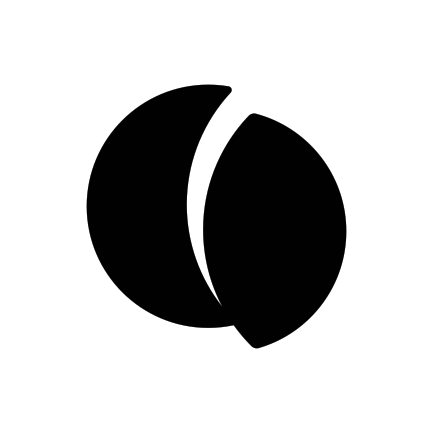“What is a Map: The Human Touch”
What is a map?
“Now when I was a little chap I had a passion for maps. I would look for hours at South America, or Africa, or Australia, and lose myself in all the glories of exploration. At that time there were many blank spaces on the earth, and when I saw one that looked particularly inviting on a map (but they all look that) I would put my finger on it and say, ‘When I grow up I will go there.’ The North Pole was one of these places, I remember. Well, I haven’t been there yet, and shall not try now. The glamour’s off. Other places were scattered about the hemispheres. I have been in some of them, and … well, we won’t talk about that. But there was one yet — the biggest, the most blank, so to speak — that I had a hankering after.
True, by this time it was not a blank space any more. It had got filled since my boyhood with rivers and lakes and names. It had ceased to be a blank space of delightful mystery — a white patch for a boy to dream gloriously over. It had become a place of darkness.”
This passage is from one of the masterpieces of English literature, and one of my favourites, Joseph Conrad’s Heart of Darkness. Conrad expresses quite beautifully what ‘a map’ is and its unique personal meaning.
For me, ‘a map’ evokes an artistic representation of geographic order on the Earth’s surface. Some of us find comfort in that order, some find comfort in that art.
The utility of ‘a map’ — getting me from A to B, calculating a distance from A to B, or locating A and B — can often be of secondary importance. As Conrad alludes to, maps can inspire — challenging us to visit a far off place; they evoke memories — I grew up here, I went to school there; and they can become a private geography — my first girlfriend lived on that street corner. Often it’s not the cartographer’s marks that are so revealing, but the individual annotations on the map or in the margins.
As a cartographer I’ve seen some amazing rock art in central Australia, tens of thousands of years old, that depicts waterholes throughout the West MacDonnell Ranges — that’s not art, that’s a map! I’ve seen Beautiful hand-drawn maps of the Roman Empire, the Peutinger map — that’s not a map, that’s art!
The greatest compliment I can get as a cartographer is seeing someone poring over one of my maps, pointing, fingering, annotating — some might say humanising — the map.
Truly successful maps, and they are few, can take on a life of their own — such as Beck’s London tube map — elegantly simple, where form and function coalesce, producing an instantly recognisable product. Its lines, colours and symbols jog memories and provide a sense of place. The map succeeded where others have failed by almost becoming a brand for London, such is its popularity and notoriety.
So if ‘a map’ be a child’s passion, or a centuries-old piece of rock art, the art and science of maps engages the user and humanises the product, providing a meaning and context that is as individual as the person using it.
Published as part of the International Map Industry Association’s blog series ‘What is a map?’

